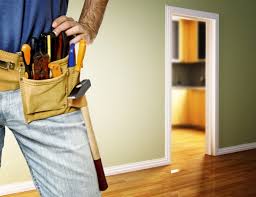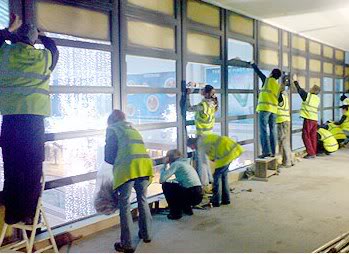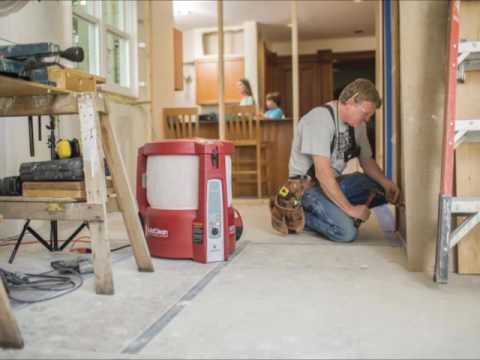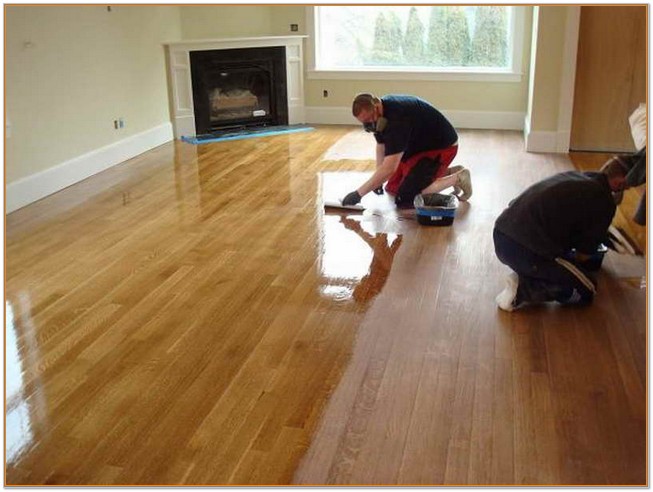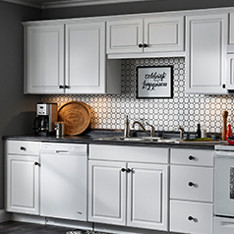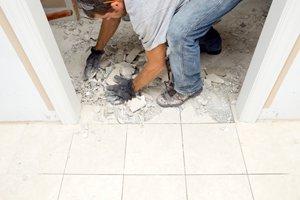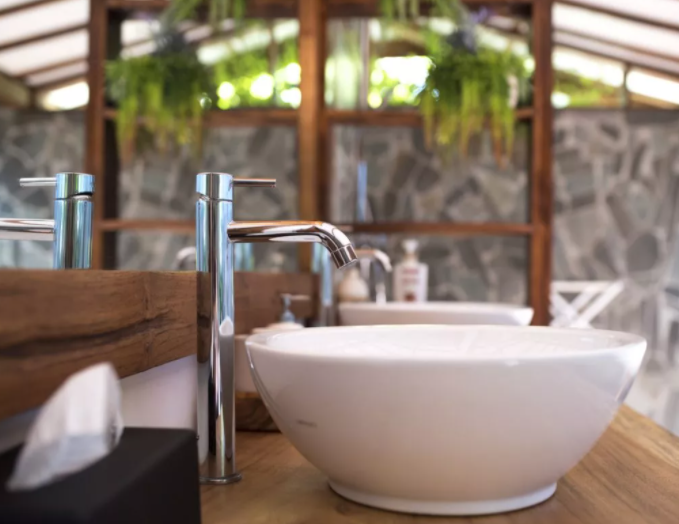 Cabinets and vanity sinks
Cabinets and vanity sinksPlywood, particle board, pressed wood, and medium density fiberboard are commonly used in conventional cabinets and vanity sinks (MDF). However, formaldehyde is present in the glue used in such materials.
There are now safer eco-friendly cabinets and vanity choices made of solid wood, recycled and reused materials. Consider bamboo or recycled concrete cabinets, as well as recycled glass or paper countertops.
Recycled tile
Most bathrooms have some kind of tile, and you can now find choices made from recycled materials in almost every aesthetic you can think of.
Bathroom tiles made of bamboo, cork, or environmentally friendly concrete are available. Reclaimed wood and vegetable ivory tiles are two newer alternatives on the market.
Bathtubs made of steel
Instead of fiberglass or acrylic, imagine a steel bathtub. These bathtubs, as well as their steel bathroom fittings, can be entirely recycled rather than ending up in a landfill at the end of their useful lives.
Fixtures
Showerheads, toilets, and faucets with low flow
It should come as no surprise that flushing the toilet wastes a considerable amount of water each time. However, low-flow and dual-flush toilets have made significant progress in recent years, reducing water use.
Toilets used more than three gallons of water per flush just a few years ago. High-efficiency toilets now use less than a gallon of water per flush. This latest technology will save thousands of gallons of water per year, depending on how often your family flushes the toilet. This is not only beneficial for the climate, but it also helps you save money on your utility bills.
The same can be said for showerheads and faucets. Upgrades will result in less water consumption, improved energy efficiency, and even more savings on your utility bills because flow rates have fallen dramatically over the years.
If you want to save water without having to replace your showerhead or faucet, you can install an aerator, which reduces the water flow rate without affecting water pressure.
Water heater that saves energy
Heating water accounts for approximately one-fifth of your home's energy usage, according to the US Energy Information Administration. An energy-efficient water heater can be installed as part of an environmentally friendly bathroom remodel.
When shopping for a water heater, look for the Energy Star logo from the Environmental Protection Agency to ensure that the device has been accredited as energy-efficient.
A heat pump water heater uses heat from the air to heat the refrigerant that heats your water; a tankless water heater heats the water as you use it; a condensing storage water heater uses less energy to produce hot water; or a solar water heater reduces your energy costs.


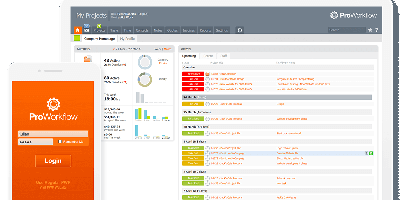



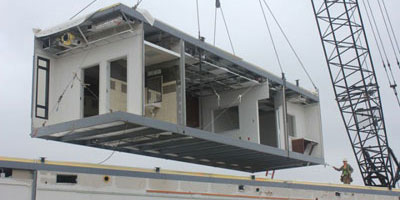


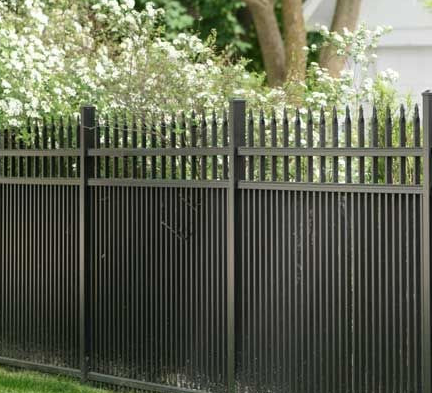 Fences are no longer only for defining boundaries; they often add value to your home by framing your house, garden, and swimming pool or patio. They're a perfect way to break up your property without erecting solid walls, and they give it a more substantial and costly appearance.
Fences are no longer only for defining boundaries; they often add value to your home by framing your house, garden, and swimming pool or patio. They're a perfect way to break up your property without erecting solid walls, and they give it a more substantial and costly appearance.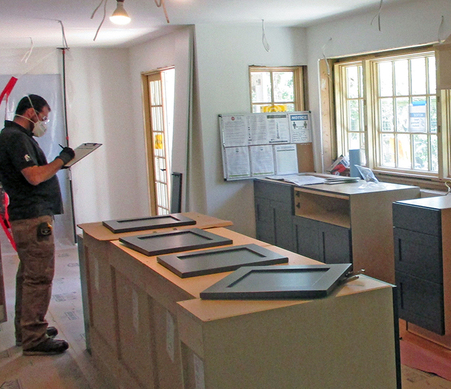 Give Personalized Service and Reasonable Prices
Give Personalized Service and Reasonable Prices Always lay the same exact form, shape, and color in the same direction if at all possible.
Always lay the same exact form, shape, and color in the same direction if at all possible.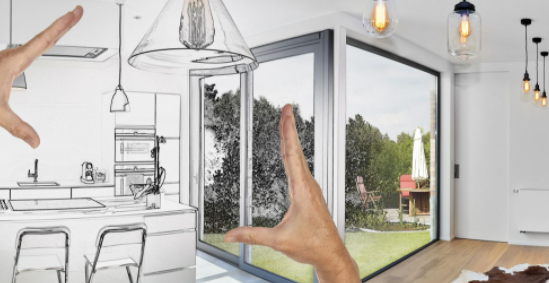 Upgrades at a Low Cost
Upgrades at a Low Cost On the island of Oosterdok in Amsterdam, a waterside restaurant set a brilliant example of how to serve clients comfortably, enabling them to enjoy their meals while keeping with the rules of social distance.
On the island of Oosterdok in Amsterdam, a waterside restaurant set a brilliant example of how to serve clients comfortably, enabling them to enjoy their meals while keeping with the rules of social distance.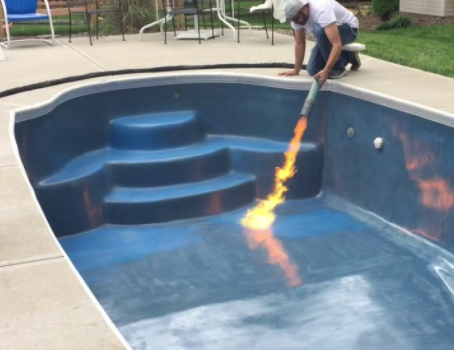 It would cost about the same to build both concrete and fiberglass pools. Fiberglass pools have an estimated cost of about $50,000, while concrete pools appear to cost about $55,000. This price gap is hardly important enough for your pool option to be affected.
It would cost about the same to build both concrete and fiberglass pools. Fiberglass pools have an estimated cost of about $50,000, while concrete pools appear to cost about $55,000. This price gap is hardly important enough for your pool option to be affected.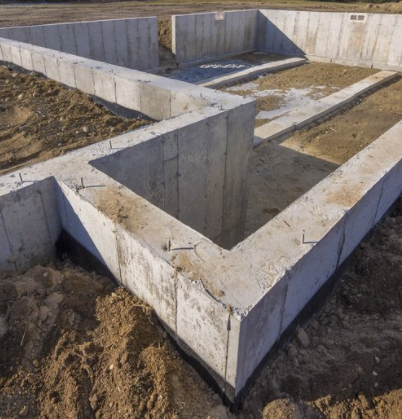 Slab
Slab This diversity makes it possible for architects to see potential and find solutions to their individual needs. Although certain modifications can be made at your request by a contractor or a home designer, a good architect would anticipate your needs.
This diversity makes it possible for architects to see potential and find solutions to their individual needs. Although certain modifications can be made at your request by a contractor or a home designer, a good architect would anticipate your needs.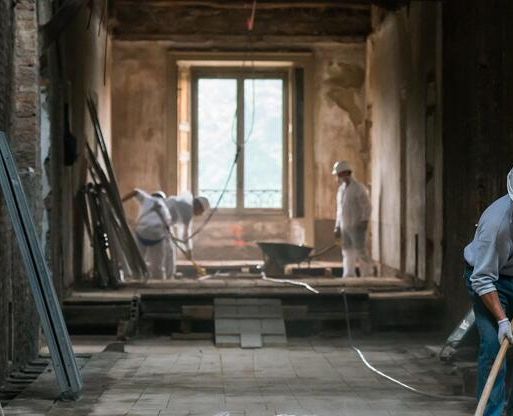 So, here's the difference between the two most common forms of home construction for fast reference given by
So, here's the difference between the two most common forms of home construction for fast reference given by 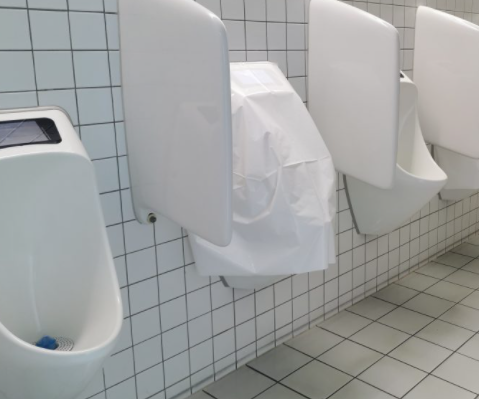 Cleaners for Bathroom.
Cleaners for Bathroom. 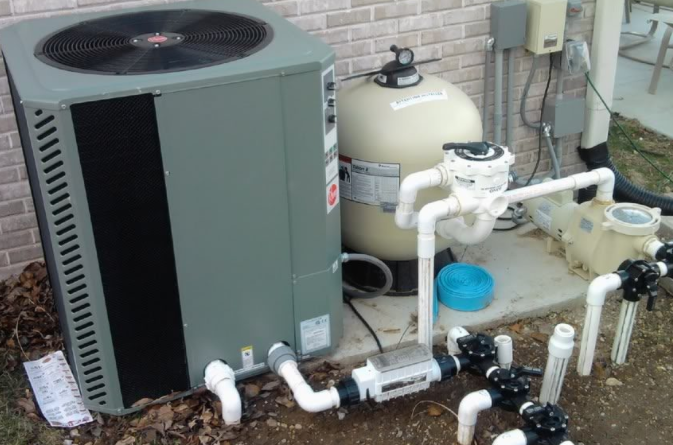 Picking An Electric Heat Pump
Picking An Electric Heat Pump 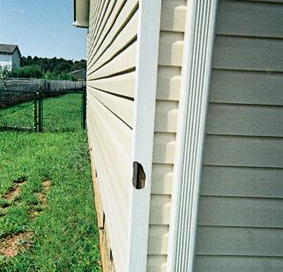 The uplifting news is you have a snappy and simple vinyl siding fix alternative when such disasters happen. You can likely in any event fix the harm and secure your home until a siding star comes out to supplant the board.
The uplifting news is you have a snappy and simple vinyl siding fix alternative when such disasters happen. You can likely in any event fix the harm and secure your home until a siding star comes out to supplant the board. 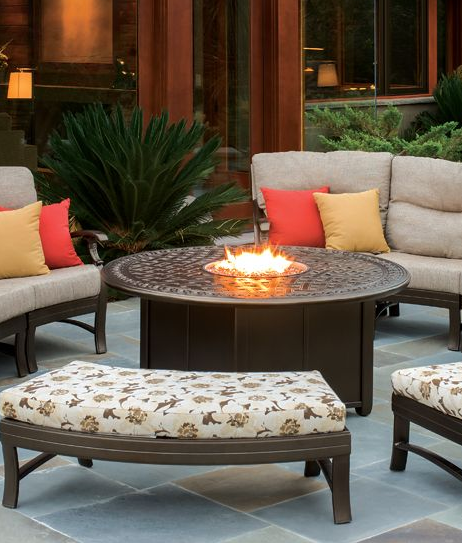 Make a List of Patio Furniture Needs
Make a List of Patio Furniture Needs 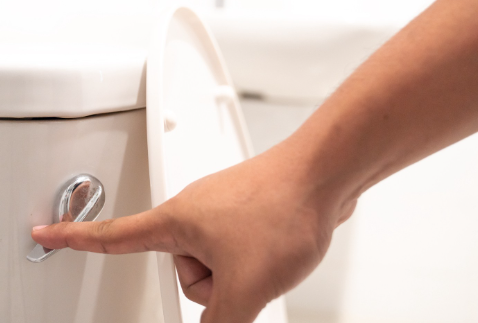 Think about that by far most of business restrooms in the U.S. try not to try and remember tops for toilets—implying that each time somebody flushes, a "can crest" of beads detonates into the air, covering the encompassing slow down (and the individual remaining in it) and aerosolizing the bowl's substance, which can be taken in and ingested by close by parties (net). America's open-beat and - bottomed slows down exacerbate that issue in any event, taking into account that most specialists gauge a "tuft" can travel six feet toward each path, including up and over any slow down and into the following (increasingly gross). We additionally realize that COVID-19 has been found in human crap, as long as 33 days after tainted individuals have recouped and tried negative for the infection. No measure of handwashing will evacuate an infection showered all over your body.
Think about that by far most of business restrooms in the U.S. try not to try and remember tops for toilets—implying that each time somebody flushes, a "can crest" of beads detonates into the air, covering the encompassing slow down (and the individual remaining in it) and aerosolizing the bowl's substance, which can be taken in and ingested by close by parties (net). America's open-beat and - bottomed slows down exacerbate that issue in any event, taking into account that most specialists gauge a "tuft" can travel six feet toward each path, including up and over any slow down and into the following (increasingly gross). We additionally realize that COVID-19 has been found in human crap, as long as 33 days after tainted individuals have recouped and tried negative for the infection. No measure of handwashing will evacuate an infection showered all over your body. 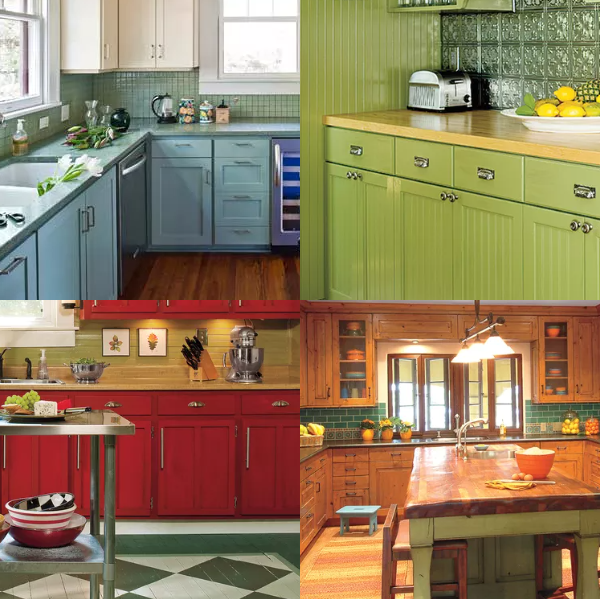 Cool Green
Cool Green 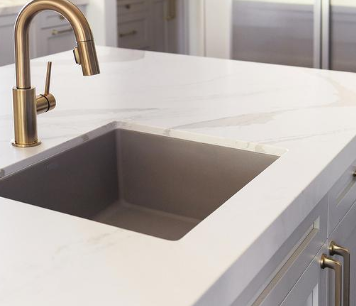 Going for gold
Going for gold 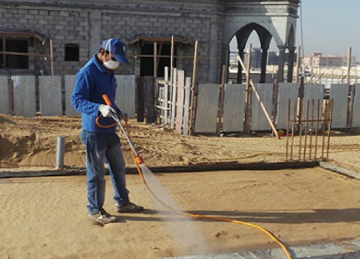 So as to appropriately treat for termites during pre-development, the region should have termiticides applied a few times at various stages. The exterminator should be in close contact with the manufacturer so as to precisely organize medications. The plan of the home and the sort of soil it is being based upon may cause some variety in the use of the obstruction.
So as to appropriately treat for termites during pre-development, the region should have termiticides applied a few times at various stages. The exterminator should be in close contact with the manufacturer so as to precisely organize medications. The plan of the home and the sort of soil it is being based upon may cause some variety in the use of the obstruction. 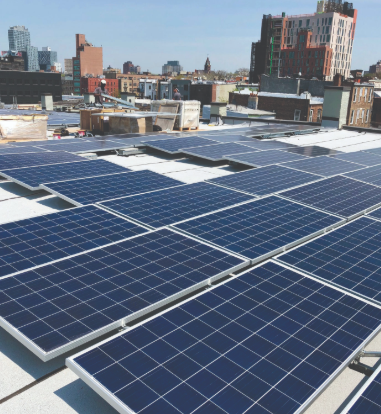 Audit the Engineer's Plan
Audit the Engineer's Plan 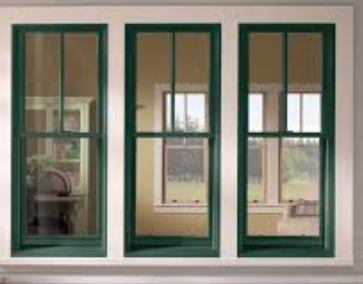 Real look, current reasonableness
Real look, current reasonableness 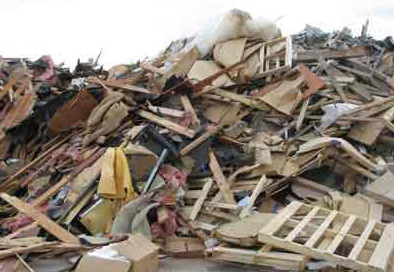 Heap of broken timber pieces is all that remaining parts after a structure is wrecked in a characteristic disaster. Approximations shift fiercely on the aggregate sum of construction and demolition waste. Numerous states don't supply C&D information. The Environmental Protection Agency (EPA) doesn't affirm the information provided by the states that do offer waste insights.
Heap of broken timber pieces is all that remaining parts after a structure is wrecked in a characteristic disaster. Approximations shift fiercely on the aggregate sum of construction and demolition waste. Numerous states don't supply C&D information. The Environmental Protection Agency (EPA) doesn't affirm the information provided by the states that do offer waste insights. 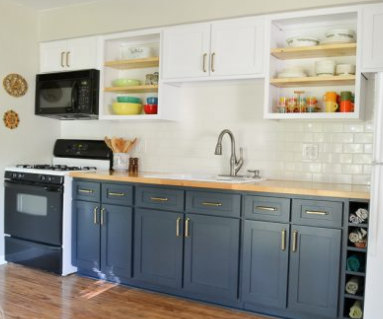 Wallpaper the Interior
Wallpaper the Interior  Recent college grads will in general incline toward sober mindedness and moderation; they support the valuable over the lavish. This implies cleaner, progressively open kitchen spaces. To the extent that significant redesigns are concerned, half of those renovating their kitchens intend to change the design, and open the space to different rooms. Numerous renovators are inclining vigorously toward recessed, under-bureau lighting for their cooking spaces. Open spaces and solid light are especially in vogue right now.
Recent college grads will in general incline toward sober mindedness and moderation; they support the valuable over the lavish. This implies cleaner, progressively open kitchen spaces. To the extent that significant redesigns are concerned, half of those renovating their kitchens intend to change the design, and open the space to different rooms. Numerous renovators are inclining vigorously toward recessed, under-bureau lighting for their cooking spaces. Open spaces and solid light are especially in vogue right now. 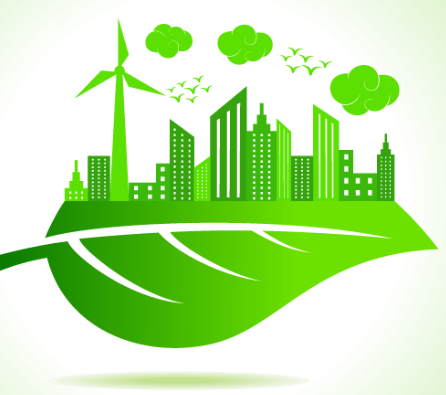 Green Products Help Mother Earth
Green Products Help Mother Earth  The Ideal cleaning tools will Help You to Get through the job Faster and simpler. You do not need a lot of gadgets, however there are a couple that can aid you. As an example, a fantastic lint roller or lint brush can enable you to swiftly remove fur from the own furniture and that a Swiffer is excellent for sliding round hardwood and tile flooring to select fur at a jiffy.
The Ideal cleaning tools will Help You to Get through the job Faster and simpler. You do not need a lot of gadgets, however there are a couple that can aid you. As an example, a fantastic lint roller or lint brush can enable you to swiftly remove fur from the own furniture and that a Swiffer is excellent for sliding round hardwood and tile flooring to select fur at a jiffy.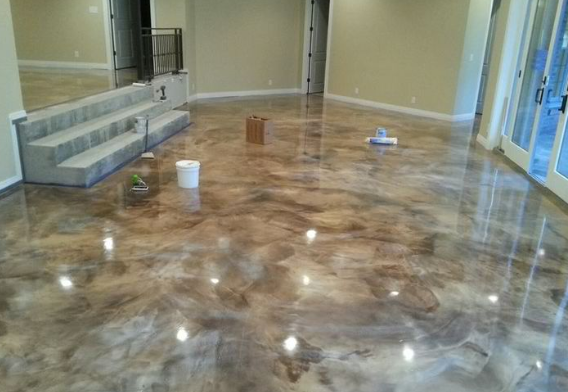 Keep up Sterile Environments
Keep up Sterile Environments
 Claims are recorded against temporary workers as a rule. Now and again, a contractual worker may neglect to pursue the settled upon contract. Contractual workers may miss due dates or neglect to play out the majority of the work required.
Claims are recorded against temporary workers as a rule. Now and again, a contractual worker may neglect to pursue the settled upon contract. Contractual workers may miss due dates or neglect to play out the majority of the work required. 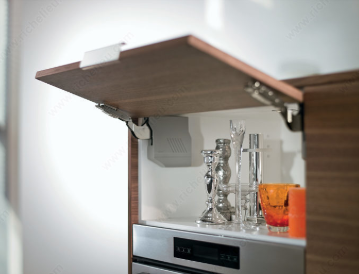 Furniture that opens and shuts, easily, ever time, while keeping all of your items, neatly. Our dedication to helping you make the best kitchen will be present in all our products and ideas.
Furniture that opens and shuts, easily, ever time, while keeping all of your items, neatly. Our dedication to helping you make the best kitchen will be present in all our products and ideas.

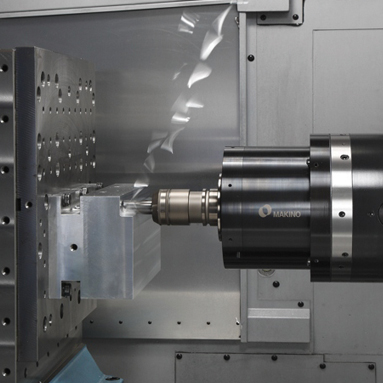
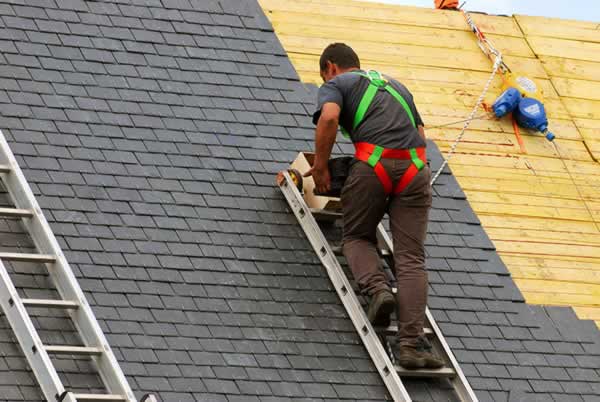

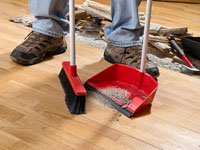 Regardless how attentive you were throughout the construction work, whether you have coated the floors and furniture with vinyl or newspapers, in certain areas always stay little droplets of paint, a thick coating of dust, drops of cement or grout. It matters not if you did a complete refurbishment, a fireplace in the bedroom or perhaps altered the background in the kitchen after repair work the home always is becoming dirty.
Regardless how attentive you were throughout the construction work, whether you have coated the floors and furniture with vinyl or newspapers, in certain areas always stay little droplets of paint, a thick coating of dust, drops of cement or grout. It matters not if you did a complete refurbishment, a fireplace in the bedroom or perhaps altered the background in the kitchen after repair work the home always is becoming dirty.
 Dust out of the ductwork finally finds its way into the mill box of the furnace and coatings the blower and fan motor. This functions as insulation and prevents effective heat dissipation, therefore it considerably reduces mill efficiency and raises the probability of overheating. This increases your energy usage and additionally reduces the life span of your furnace. You may avoid this by scheduling routine air duct cleaning.
Dust out of the ductwork finally finds its way into the mill box of the furnace and coatings the blower and fan motor. This functions as insulation and prevents effective heat dissipation, therefore it considerably reduces mill efficiency and raises the probability of overheating. This increases your energy usage and additionally reduces the life span of your furnace. You may avoid this by scheduling routine air duct cleaning.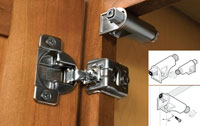
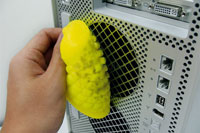 The ritual of spring cleaning dates back to well, when people began caring about being sterile, and for a lot of us, it is the 1 time of year if we really move the furniture after vacuuming. Therefore, if you are considering spending the weekend scrubbing, dusting, and de-griming, then there are a few gadgets that will assist you. Be warned however: There is not a bot for all just yet.
The ritual of spring cleaning dates back to well, when people began caring about being sterile, and for a lot of us, it is the 1 time of year if we really move the furniture after vacuuming. Therefore, if you are considering spending the weekend scrubbing, dusting, and de-griming, then there are a few gadgets that will assist you. Be warned however: There is not a bot for all just yet.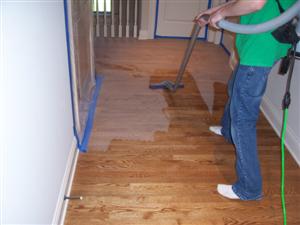
 To 2018: cleaning isn't any more an out-of-reach support for several homeowners. It is currently a need, more frequently than it is a desire.
To 2018: cleaning isn't any more an out-of-reach support for several homeowners. It is currently a need, more frequently than it is a desire.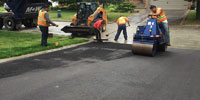 It is never too late to find out something new, and as soon as it comes to asphalt sidewalk installment , there are various things that homeowners, commercial property owners and municipality workers many not know about.
It is never too late to find out something new, and as soon as it comes to asphalt sidewalk installment , there are various things that homeowners, commercial property owners and municipality workers many not know about.

 Whether You're renovating Your Home for pleasure or Need to Repair Problems, a tidy up following a renovation is crucial. If you're a homeowner, then you'd most likely wish to utilize the finest and fastest way of cleaning.
Whether You're renovating Your Home for pleasure or Need to Repair Problems, a tidy up following a renovation is crucial. If you're a homeowner, then you'd most likely wish to utilize the finest and fastest way of cleaning.